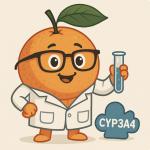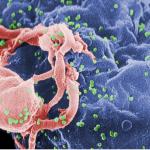Grapefruit juice has long been known to interfere with certain medications. For some, this might sound like quirky nutrition trivia.
Biomedicine & Biotech
By any measure, plastic waste is a global headache.
In June, the recently downsized CDC vaccine advisory panel voted to stop recommending flu vaccines containing thimerosal. Health and Human Services Secretary Robert F. Kennedy Jr.
Suppose you're designing a clinical trial to determine whether people from Inner Mongolia are better or worse swimmers than those from Outer Mongolia.
Vaccines are meant to help, not harm. So you can imagine our surprise when we first heard of the intriguing term gaining popularity among the anti-vaccine crowd: turbo-cancer.
Acetaminophen, aka Tylenol, aka America’s favorite over-the-counter placebo with a liver warning, is widely used. Make that overused, in my opinion [1]. It’s taken by nearly everyone, including breastfeeding women.
If the title caught your eye, you and I probably share an annoying condition. Make that seriously annoying.
The use of molecular techniques to create genetically engineered (GE) crops has now returned to the over-regulation of a bygone era.
There are cancer scares and cancer scares.
Pseudoscience has recently been rampaging in the US. While much of it concerns vaccines, an "oldie" is again making the rounds: the myth that HIV is not the sole cause of AIDS.










